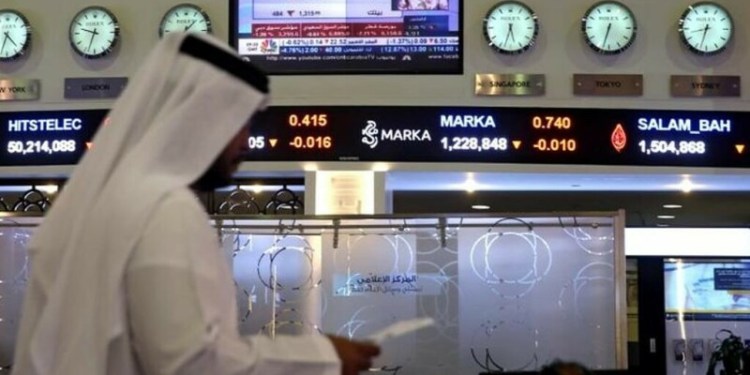By Stephanie Kelly and Laila Kearney
NEW YORK (Reuters) – As municipal bond investors try to understand how their portfolios will fare under the new U.S. tax code, some are maneuvering around the uncertainty by turning to one of the market’s most stable options: state debt.
The appetite for state general obligation (GO) and revenue bonds will grow in 2018, investors said, as buyers seek near-bulletproof investments to keep their taxable income down as other options disappear.
That comes as the $3.8 trillion muni market is poised for significant shifts, with corporate demand seen slowing and the new tax rules limiting some types of supply. Meanwhile, bonds from high-tax states will likely see a jump in demand from in-state investors.
“The beginning of the year is going to be a period of confusion, of institutional components of the muni market figuring out where they stand … you’re going to have individuals go through the same thing,” said Christopher Mier, chief strategist and economist of Loop Capital’s analytical services division in Chicago.
“And with confusion, you get a certain amount of risk aversion,” Mier said.
Despite higher volatility in the sector this year, states’ financial flexibility and broad revenue-raising powers will allow them to adapt to federal tax changes while smaller governments and municipalities may flounder, Mier said.
State GO and revenue bonds made up $52.74 billion, or 11.6 percent, of overall municipal issuance in 2017 as of Wednesday, according to Thomson Reuters data.
MARKET CHANGES
The sweeping Republican-crafted tax overhaul, approved along party lines in Congress and signed into law by U.S. President Donald Trump on Friday, has several implications for the municipal bond market.
Among the biggest is its elimination of tax-exempt advance refunding bonds. Taking away advance refundings, which made up 30 percent of the market’s supply last year, would likely create more scarcity in what is expected to be an already dry year for muni supply.
Uncertainty over the tax plan had prompted a surge of muni record-breaking bond issuance totaling $58 billion for the month of December.
The most talked about change to the tax code in muniland is the $10,000 limit on state and local tax (SALT) deductions, which had allowed filers to reduce their federally taxable income.
With SALT now capped, investors are likely to seek the double-tax exemption from debt issued in their states, which also avoids federal taxation, said Alex Etzkowitz, senior associate, investment research and strategy, at Gurtin Municipal Bond Management in Solana Beach, California.
“It’s definitely going to make investing in-state more attractive for a lot of investors relative to just kind of buying a national portfolio,” Etzkowitz said.
That will be especially true for investors in states taxing income at more than 5 percent, including California, New Jersey and New York, said Beth Foos, a senior analyst at Morningstar Research Services in Chicago.
And investors starved for high-yield bonds could finally catch a break in 2018 as the Federal Reserve trims its massive balance sheet and accelerates interest rate hikes, Loop’s Mier said.
As the Fed dials back its monetary accommodation, there will be more market-determined yields and prices, widening credit spreads and boosting yields, he said.
Banks and insurance companies, the top corporate buyers of municipal bonds, might also reduce their muni debt holdings in response to tax changes, said Henry Cisneros, chairman of the executive committee at Siebert Cisneros Shank & Co.
The tax overhaul slashed the corporate income tax rate to 21 percent from 35 percent, potentially making muni investments less attractive to companies.
Meanwhile, more supply could come if the Trump administration can secure an infrastructure spending deal, said San Antonio, Texas-based Cisneros, who served under former U.S. President Bill Clinton as Secretary of Housing and Urban Development. An infrastructure initiative in 2018 is “virtually certain,” he said.
But while such a plan is possible, it may not involve the federal funds needed for programs that would stir the muni market, such as the subsidized Build America Bonds introduced following the 2007-2009 financial crisis, said Alan Schankel, a managing director at Philadelphia-based Janney Montgomery Scott.
“I imagine Congress will not be wild to increase the deficit further after the tax reform by actually putting money on the table for infrastructure improvement that’s not already there,” he said.
Source: Investing.com


























